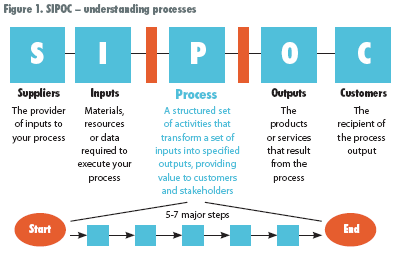Analysis of variance (ANOVA) is a collection of statistical models used to analyze the differences among group means and their associated procedures (such as "variation" among and between groups), developed by statistician and evolutionary biologist Ronald Fisher.
In the ANOVA setting, the observed variance in a particular variable is partitioned into components attributable to different sources of variation.
In its simplest form, ANOVA provides a statistical test of whether or not the means of several groups are equal, and therefore generalizes the t-test to more than two groups. As doing multiple two-sample t-tests would result in an increased chance of committing a statistical type I error, ANOVAs are useful for comparing (testing) three or more means (groups or variables) for statistical significance.
In the ANOVA setting, the observed variance in a particular variable is partitioned into components attributable to different sources of variation.
In its simplest form, ANOVA provides a statistical test of whether or not the means of several groups are equal, and therefore generalizes the t-test to more than two groups. As doing multiple two-sample t-tests would result in an increased chance of committing a statistical type I error, ANOVAs are useful for comparing (testing) three or more means (groups or variables) for statistical significance.
Understanding ANOVA basics-part1
Understanding ANOVA basics-part2








